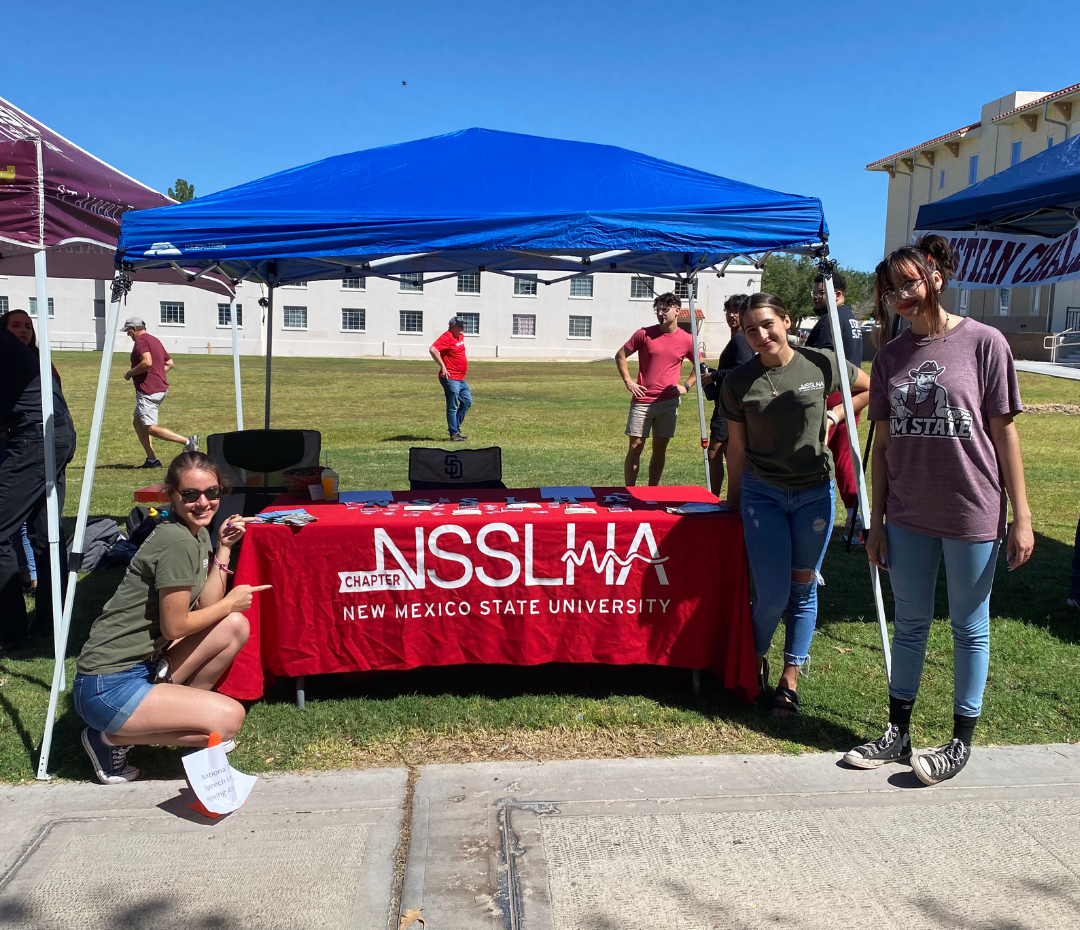General Information
The NMSU Program in Communication Disorders offers an undergraduate program that results in a pre-professional Bachelor of Science degree that prepares students for graduate work. For clinical practice, the minimum entry-level is a Master’s degree for Speech-Language Pathology and a Doctoral degree for Audiology. Students who complete a Bachelor’s degree must go on to complete a Master’s to obtain state licensure and national certification in Speech-Language Pathology. A Doctoral degree is required for Audiology.
Further information regarding the fields of Audiology and Speech-Language Pathology may be obtained on the American Speech-Language-Hearing Association website.
At NMSU we currently have approximately 140 undergraduate students who have declared a major in Communication Disorders. These students are required to successfully complete a minimum of 132 credits for the Bachelor of Science degree in Communication Disorders. This includes a minimum of 54 upper division credits as well as a minimum of 9 credits from an approved list of electives.




